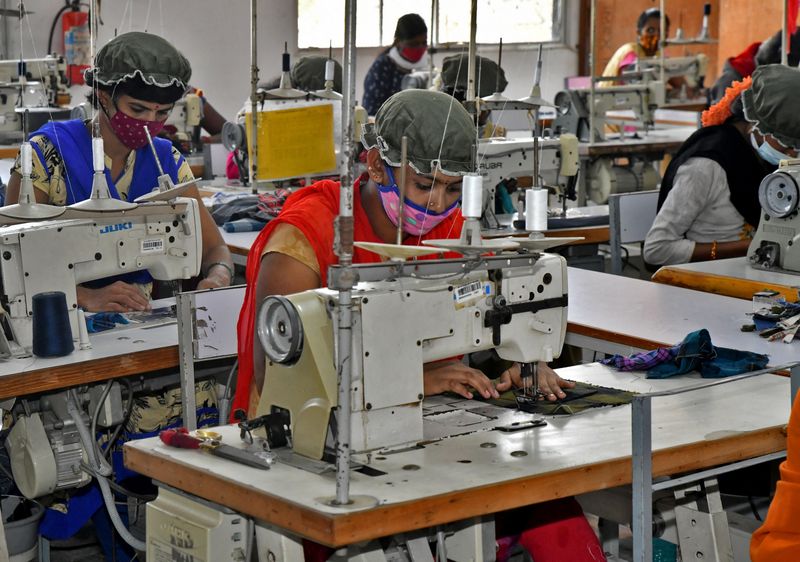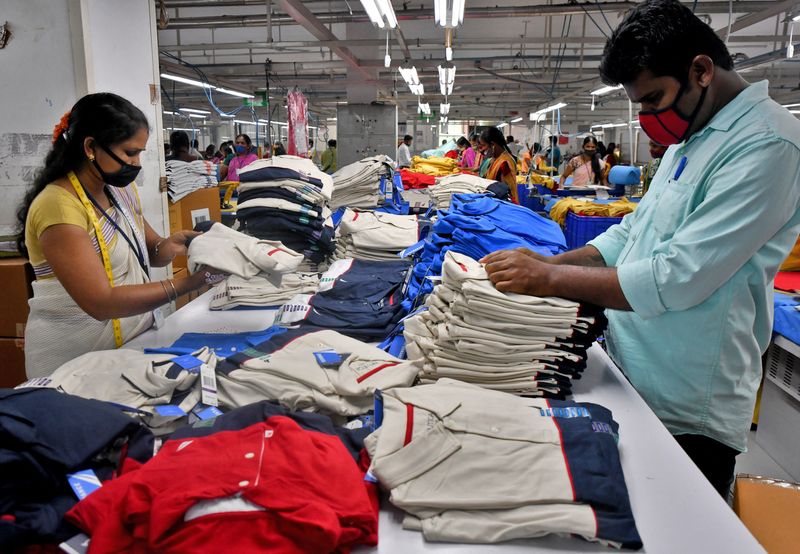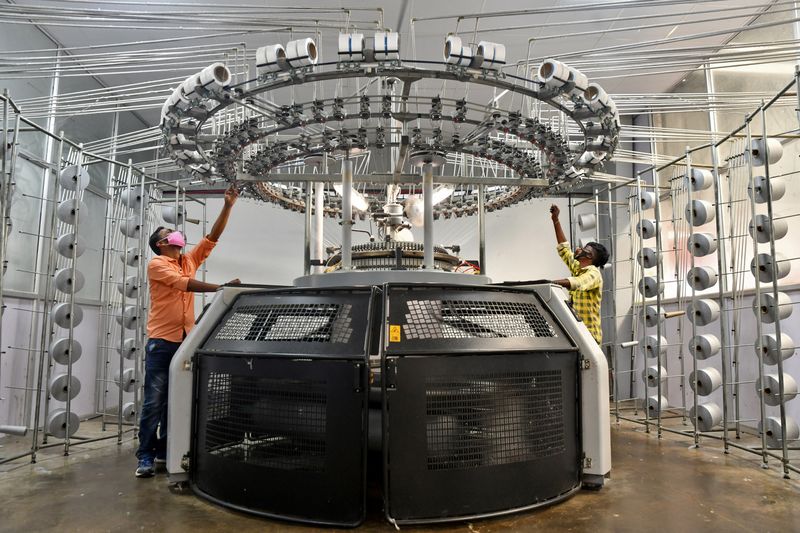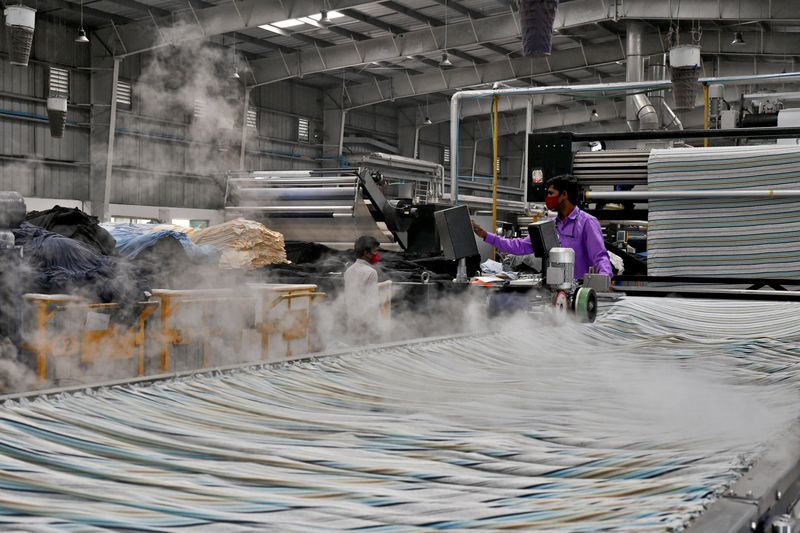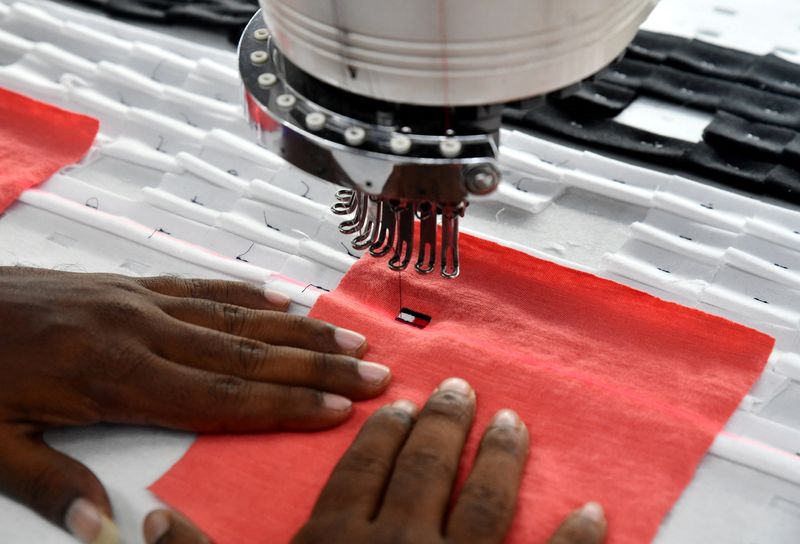HINDUPUR, India (Reuters) – India is hoping its labour-intensive textiles and apparel (T&A) companies will help it address a jobs crisis, and has promised to pump about $2 billion into the industry over the next few years to generate more than 1 million jobs.
About a third of the money would go into setting up seven so-called Mega Integrated Textile Region and Apparel parks, each spanning across more than 1,000 acres (404 hectares).
The government says India’s T&A companies, small and large, are too scattered across the vast country, which delays delivery and raises cost.
At a Dubai expo late last year, a senior Indian textile ministry official https://www.youtube.com/watch?v=dcdvmfYEk1I laid out the typical cotton-to-clothes network in India:
Cotton is grown in states such as Telangana and Andhra Pradesh in the south; then goes further south to Tamil Nadu for spinning into yarn; weaving happens in the western states of Gujarat and Maharashtra; processing occurs in neighbouring Rajasthan; from where it goes to the national capital region of Delhi in the north, Bengaluru in the south and Kolkata in the east for garment-making.
Cotton produced by a farmer in Telangana can move thousands of kilometres to become a T-shirt, compared with barely a few hundred kilometres in Bangladesh, though the latter is reliant on cotton produced in India and China.
Some Indian textiles industry officials say many companies have now moved their factories closer to raw materials.
Here is an illustration of how cotton is turned into shirts in India, using the example of Texport Industries, whose buyers include Walmart Inc, Kohl’s Corp, Tommy Hilfiger and Nautica.
YARN
Texport, whose main factories are in the town of Hindupur in Andhra Pradesh, sources white or dyed yarn from suppliers in Gujarat, Maharashtra and Tamil Nadu. The supplies come from factories located anywhere between 350 km (215 miles) and 1,450 km (900 miles) away.
FABRIC
the Hindupur factories use South Korean knitting machines to produce rolls of fabric from yarn to make products such as T-shirts for Tommy Hilfiger.
The factories buy woven fabrics to make shirts and tops for Kohl’s from firms spread across various textile clusters in Tamil Nadu, located within a radius of 350 km.
GARMENTS
The in-house and third-party fabric rolls then move to giant plants nearby where thousands of people work machines, scissors and hot irons in eight-hour shifts.
The dyed and washed rolls are unrolled using machines. Plain ones are shaped by machines in batches, checked ones using scissors.
An army of mostly women seamstresses then stitch them into T-shirts, shirts, tops and kids’ jumpsuits that are inspected, washed, dried, pressed, tagged and then packed into cartons to be trucked to the seaport in Chennai, some 400 km away, before they are shipped to nearly two dozen countries, mainly the United States.
(Reporting by Krishna N. Das; Editing by Alex Richardson)

